Navigating London might seem overwhelming, but thanks to Transport for London (TfL), getting around the city is a breeze. From the extensive Tube network to buses, bikes, and even riverboats, Transport for London offers something for everyone. This guide will break down the best ways to travel around the capital, with tips on saving money, avoiding rush hour, and enjoying the ride. Let’s dive into everything TfL has to offer!
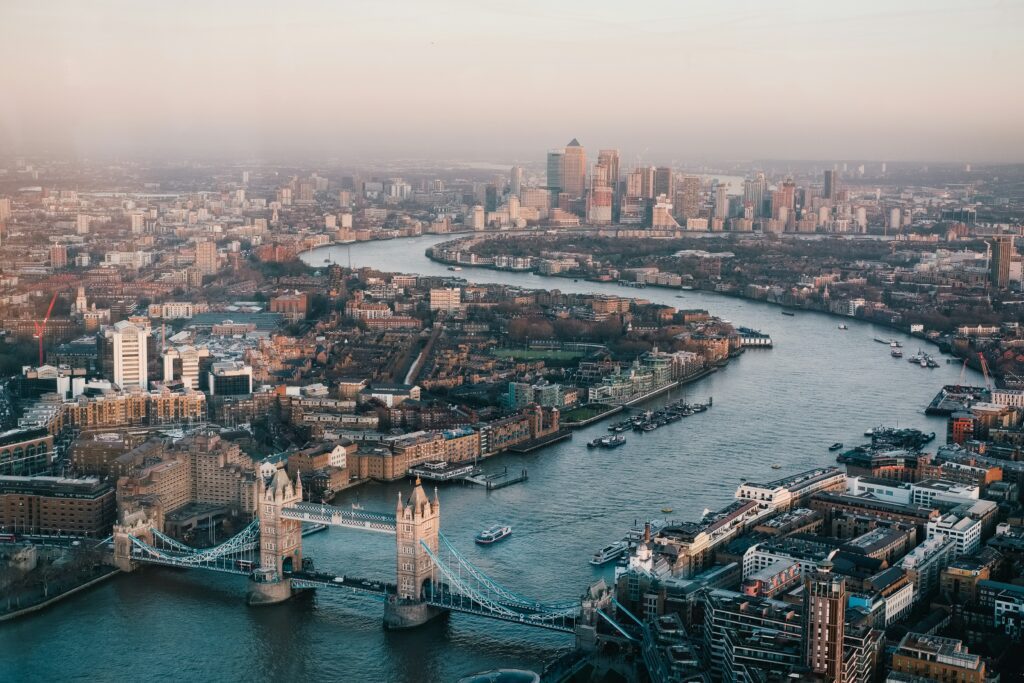
How to Navigate London’s Transport for London System Like a Pro
Exploring London is an adventure in itself, but if you’re looking to get from A to B smoothly, understanding how Transport for London (TfL) works is key. This guide will help you get the most out of the city’s extensive and varied transport options, ensuring your trip is as stress-free and enjoyable as possible. Let’s jump into the essentials!
London Underground: The Heart of TfL
The Tube is the backbone of London’s public transport system, moving millions of people daily across its 11 lines. Whether you’re commuting from the outer suburbs or just hopping between central hotspots, the Underground will likely be your go-to.
Using the Tube:
- Oyster Card or Contactless: The easiest way to travel is with an Oyster card or by using a contactless bank card. It’s fast, convenient, and saves you money compared to paper tickets.
- Off-Peak Travel: Avoid the morning and evening rush (7:30-9:30 AM and 5:00-7:00 PM). You’ll not only find fewer crowds but often lower fares too!
- Download the TfL App: Stay updated on Tube times, delays, and even live crowding levels. Trust me, this can be a lifesaver during busy periods.
The Tube is iconic for a reason, but knowing when and how to use it makes all the difference. Don’t forget to mind the gap!
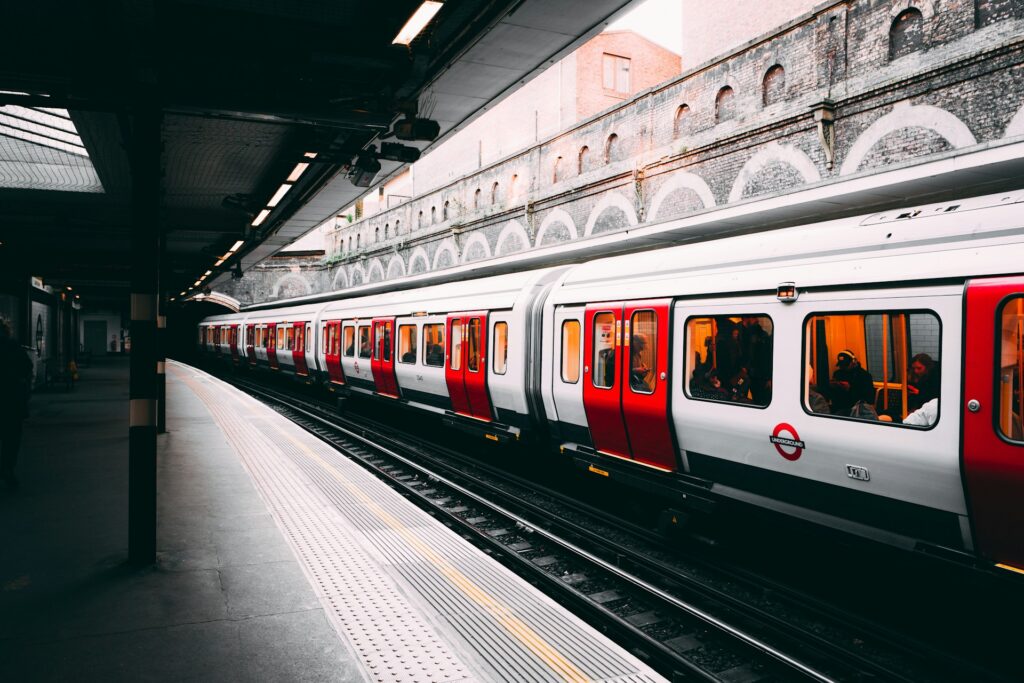
Riding the Red Double-Deckers: London’s Buses
London buses are an experience in themselves. With sprawling routes across the city, buses give you a chance to sightsee while traveling. Plus, at just £1.75 per journey, they’re one of the cheapest ways to get around.
How to Pay: Just like the Tube, use your Oyster card or contactless payment. No need for cash!
Top Bus Routes:
- Route 9: Take this for a scenic ride past Kensington and the iconic Buckingham Palace.
- Route 24: Perfect for history buffs, this bus travels through Westminster and Camden, showing off some of London’s most famous landmarks.
A quick tip—if you’re lucky enough to snag a front seat on the upper deck, you’ll get the best views of the city for the price of a bus ticket!
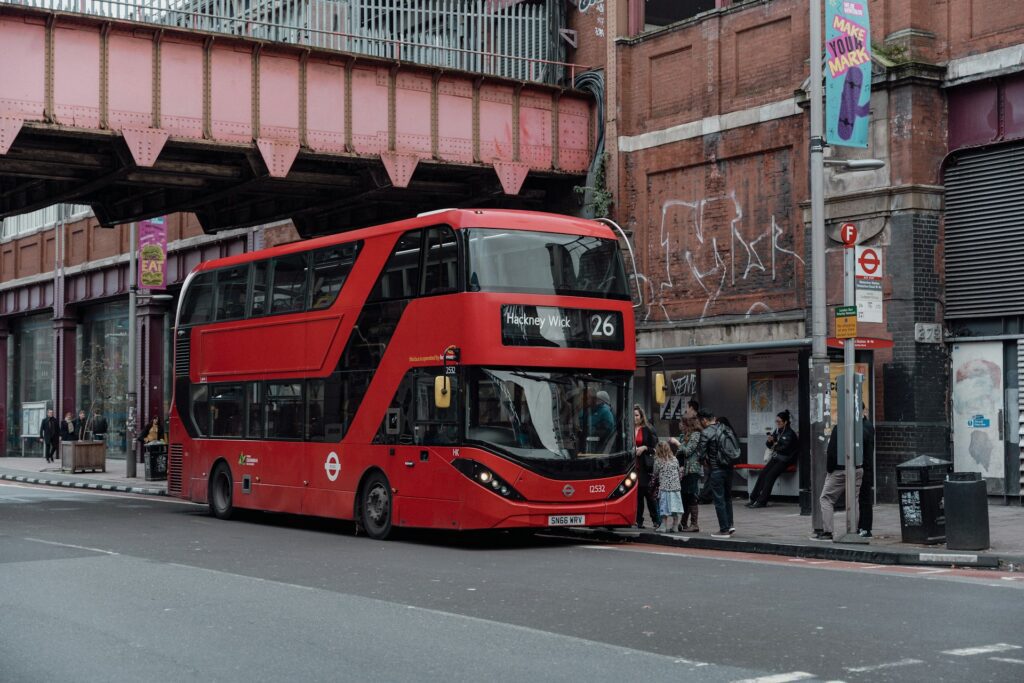
Cycling: London on Two Wheels
Prefer a more active way to explore? London’s cycling infrastructure has grown dramatically in recent years, and with Transport for London’s Santander Cycles („Boris Bikes“), you can rent a bike for just £2 for unlimited 30-minute rides in a 24-hour period.
Top Tips for Cyclists:
- Best Cycling Areas: Hyde Park and Regent’s Park offer beautiful, traffic-free routes ideal for cyclists.
- Stay Safe: Always wear a helmet and familiarize yourself with the city’s cycling rules, particularly when sharing the road with London’s infamous traffic.
If you want to experience the city at your own pace, cycling is a fantastic option. Plus, it’s environmentally friendly!
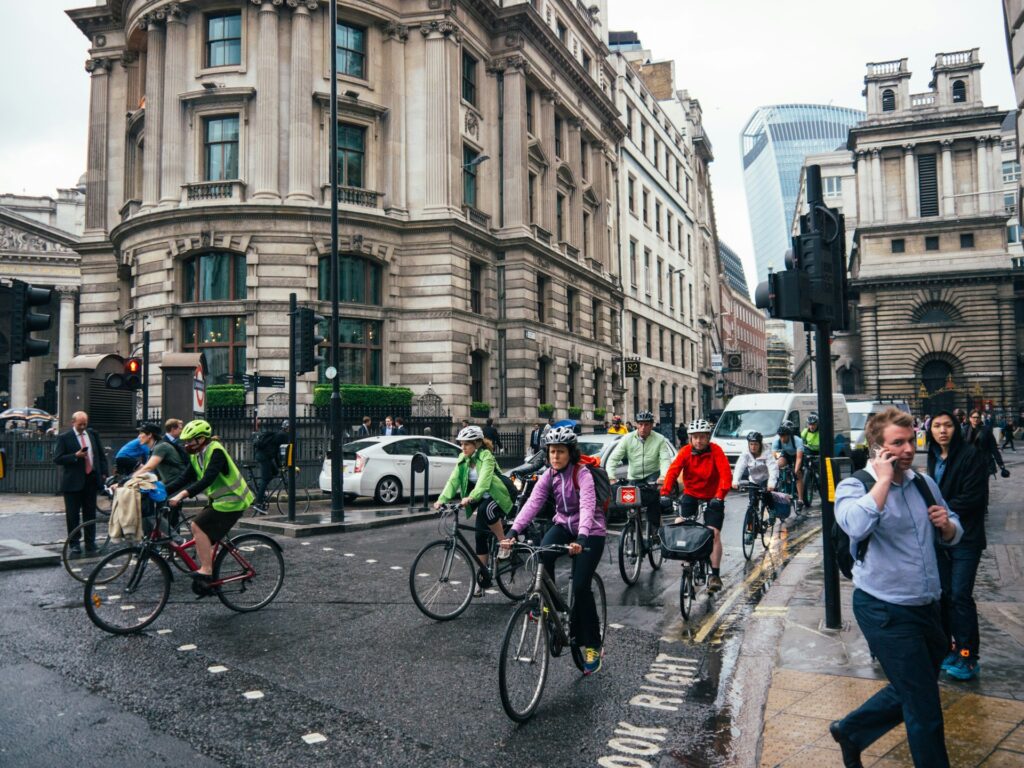
From Air to City: Airport Transfers with TfL
Arriving in London is exciting, but getting from the airport to your accommodation can be tricky. Thankfully, Transport for London offers a variety of options to make that transition smooth. Here are some tips for transport from airport to the city.
Airport Transfers:
London Heathrow Airport (LHR):
- The Heathrow Express is the fastest choice, reaching Paddington Station in 15-20 minutes, though it’s the most expensive, with fares starting from £25 for a single ticket.
- The Elizabeth Line offers a good balance of speed and cost, taking 30-40 minutes to central locations like Paddington or Bond Street for approximately £10.70-£12.80 (using Oyster/contactless payment).
- The Piccadilly Line (London Underground) is the most budget-friendly rail option, taking 45-60 minutes to central London (e.g., Piccadilly Circus) for £5.80 (peak) or £3.50 (off-peak) with Oyster/contactless.
- National Express Coaches can be a cheaper alternative (from £6-£10), but the journey takes longer (40-90 minutes) and is subject to traffic.
- Taxis/Ride-sharing (Uber/Bolt) provide convenient door-to-door service but are the most expensive, with fares starting from £50-£90+ for a black cab and £35-£60+ for ride-sharing.
London Gatwick Airport (LGW):
- The Gatwick Express is the fastest direct train to Victoria Station (30 minutes), with prices starting from £19.50 for a single ticket.
- Southern Railway offers more frequent and often cheaper connections (from £10-£17) to Victoria, London Bridge, or Clapham Junction in 30-50 minutes.
- Thameslink provides direct services (from £10-£17) to the City of London and North London (35-60 minutes).
- National Express Coaches/easyBus are generally the slowest and most affordable options (from £2-£12), with journey times of 90-120 minutes depending on traffic.
- Taxis/Ride-sharing cost from £60-£100+ for a black cab and £45-£70+ for ride-sharing.
London Stansted Airport (STN):
- The Stansted Express is the quickest direct train to London Liverpool Street (47 minutes), with fares starting from £19.50.
- National Express Coaches/Airport Buses are often the cheapest method (from £8-£16), but the journey takes 75-120 minutes and is influenced by traffic.
- Taxis/Ride-sharing range from £80-£120+ for a black cab and £60-£90+ for ride-sharing.
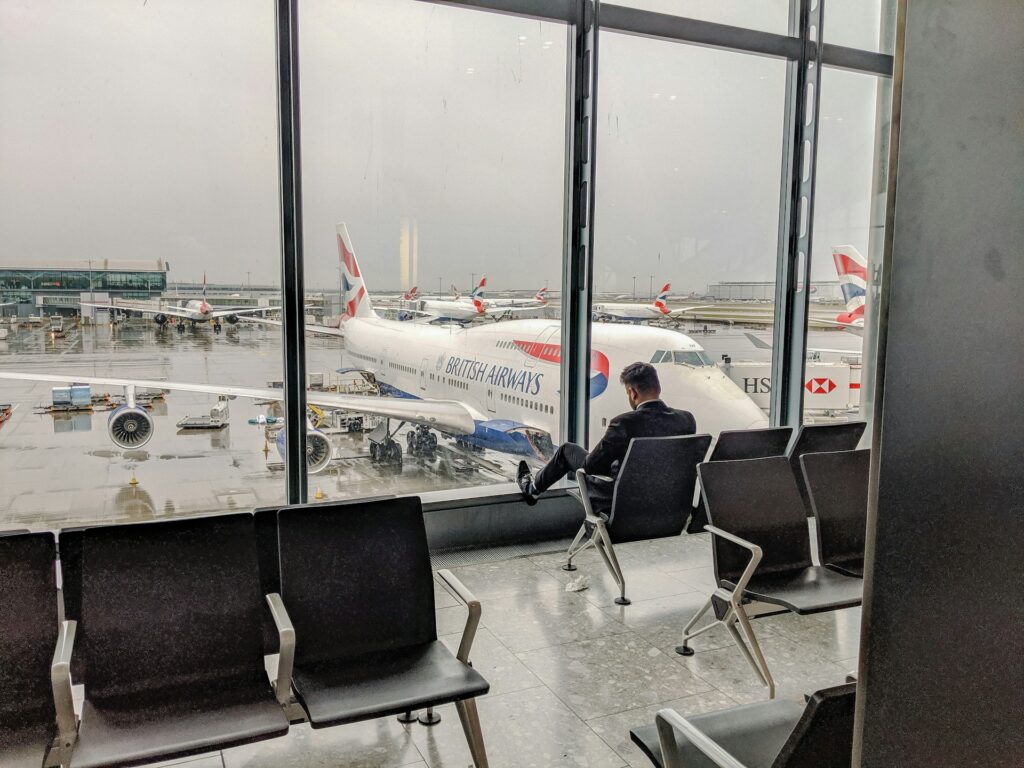
London Luton Airport (LTN):
- Train services (Thameslink/East Midlands Railway) combine the Luton DART shuttle to Luton Airport Parkway station with a train into central London (e.g., St Pancras International), costing approximately £15-£20 and taking 30-60 minutes overall.
- National Express Coaches/easyBus offer direct services from the terminal (from £5-£15), but they are slower (60-90 minutes) and subject to traffic.
- Taxis/Ride-sharing start from £70-£110+ for a black cab and £55-£85+ for ride-sharing.
London City Airport (LCY):
- The DLR (Docklands Light Railway) is the cheapest and fastest option, costing £1.90-£3.00 (with Oyster/contactless) and taking 20-30 minutes directly from the terminal to Bank or Stratford.
- Taxis/Ride-sharing are more expensive (from £30-£50+ for a black cab and £20-£40+ for ride-sharing), but offer door-to-door service.
London Southend Airport (SEN):
- Greater Anglia trains run directly from the airport station to London Liverpool Street in 50-60 minutes, with fares starting from £15-£20.
- National Express Coaches are a cheaper alternative (from £10-£15), but the journey takes longer (90-120 minutes).
- Taxis/Ride-sharing typically cost from £80-£120+.
Tips:
Oyster Card vs. Contactless Payment: Both offer the same fares and daily/weekly caps. Using a contactless credit or debit card is often the most convenient option for visitors.
Peak vs. Off-Peak: Fares are higher during peak hours (weekdays, 06:30-09:30 and 16:00-19:00).
Booking in Advance: For train and coach services from airports like Gatwick, Stansted, and Luton, booking online in advance can often secure cheaper fares.
But if you’re on a budget, Transport for London (TfL) buses and the Tube can get you there too—just allow for more time and a little patience.
Exploring by Water: River Thames Clippers (Uber boat)
Want a different perspective of the city? The Thames Clippers also known as Uber Boat are TfL’s riverboat services, offering scenic views along the river.
Key Routes:
- Westminster to Greenwich: Sail past the Houses of Parliament, the London Eye, and the Tower of London.
River transport is often overlooked but offers a relaxing and visually stunning way to get across town.
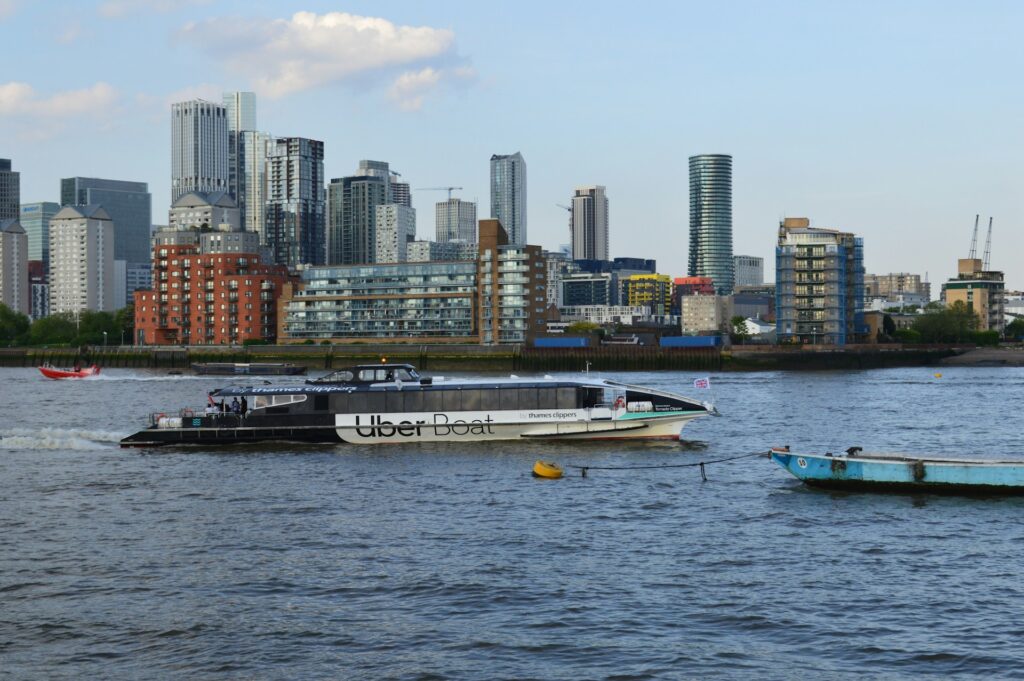
Taxis and Rideshares: When You Need a Break from TfL
Sometimes, public transport doesn’t cut it, and that’s where London’s famous Black Cabs or apps like Uber step in. While Black Cabs can be a bit pricier, the drivers know the city inside out. For more budget-friendly rides, Uber and Bolt are popular and often faster to book during busy hours.
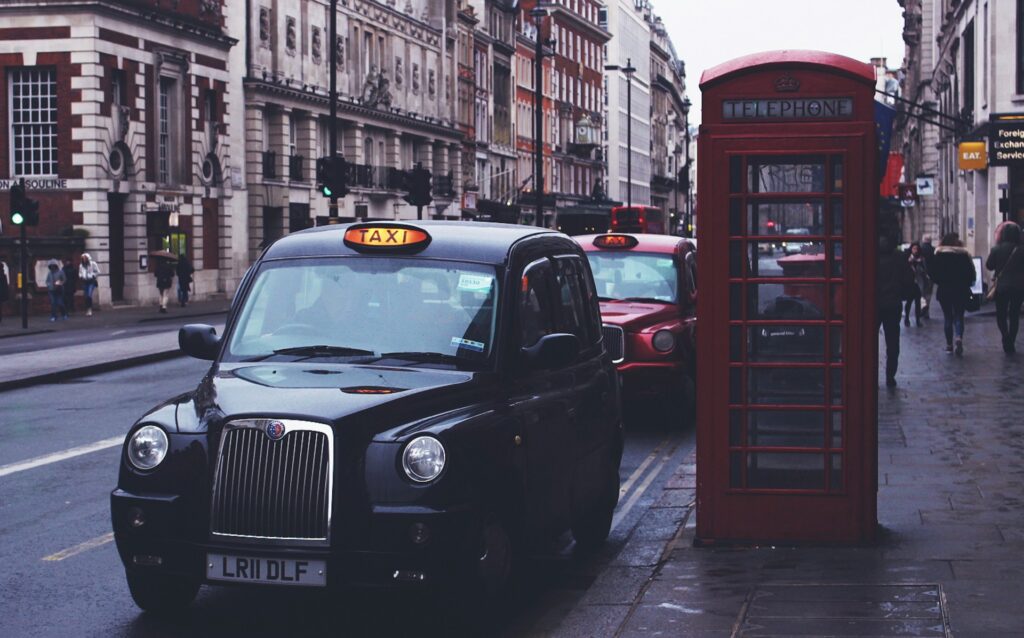
Final Tips for Navigating London’s Public Transport
Getting around London is easier than you think, and with Transport for London (TfL) by your side, you’ll have all the tools you need to make your journey smooth. Whether you’re on the Tube, cycling, or sailing down the Thames, Transport for London (TfL) offers the reliability, convenience, and affordability every traveler needs.
Remember to travel off-peak when possible, keep an eye on your belongings, and take full advantage of all the TfL services. With a little planning, London’s vast transport network becomes a breeze to navigate.
Safe travels, and enjoy every moment of your London adventure!
What’s the best way to pay for public transport in London?
- Contactless Payment: The easiest and most recommended method for most visitors in transport for London. Simply tap your contactless bank card (credit or debit) or a payment-enabled device (phone, smartwatch) directly on the yellow card reader at Tube gates, DLR, Overground, and National Rail stations, and on bus/tram readers. You’ll be charged the adult fare for your journeys, and it automatically caps daily and weekly fares (Monday-Sunday).
- Oyster Card: A smartcard you can top up with pay-as-you-go credit or travelcards. Works similarly to contactless payment and also offers daily/weekly capping. You can buy them at stations.
- Travelcard: Paper tickets offering unlimited travel for a set period (e.g., 1 day, 7 days) within specific zones. Can be good value if you plan to make many journeys.
- Cash is NOT accepted on buses.
Do I need an Oyster card or can I just use my contactless bank card?
For most tourists, using a contactless bank card is the most convenient option. It works exactly like an Oyster card for pay-as-you-go travel and applies the same daily and weekly caps. You don’t need to buy or top up a separate card. Just ensure your bank doesn’t charge excessive foreign transaction fees.
What are the main public transport options in London?
- London Underground (The Tube): Extensive subway network covering most of central London and beyond.
- Buses: Comprehensive network, great for seeing the city above ground.
- DLR (Docklands Light Railway): Automated trains serving East London and the Docklands.
- Elizabeth Line: A new, high-capacity railway line connecting east to west across London.
- Overground & National Rail: Surface train services, useful for outer London and connections to the rest of the UK.
- Trams: Primarily serving Croydon and South London.
- Uber boat: A fast and scenic way to travel along the Thames.
Are ride-sharing apps like Uber available in London?
Yes, Uber, Bolt, Free Now, and Addison Lee are widely available and often a cheaper alternative to black cabs, particularly for longer distances or when traveling with a group.
Is it easy to get around London with a pram/stroller or wheelchair?
London is making efforts to improve accessibility. Many Tube stations now have step-free access, but not all. The DLR and most bus services are fully accessible. Plan your route in advance using the TfL Journey Planner and filter for step-free options. Look for the blue wheelchair symbol on Tube maps.
What is the cheapest way to get around London?
Walking: Free, great for sightseeing short distances (many central Tube stops are closer than you think). Use a map app and wear comfy shoes.
Cycling: Use Santander Cycles („Boris Bikes“). A 24-hour Day Pass costs just £3 for unlimited 30-minute rides (dock and re-rent every 30 mins). Single 30-min rides are £1.65.
Buses: A single bus fare is £1.75, no matter how far you go.




